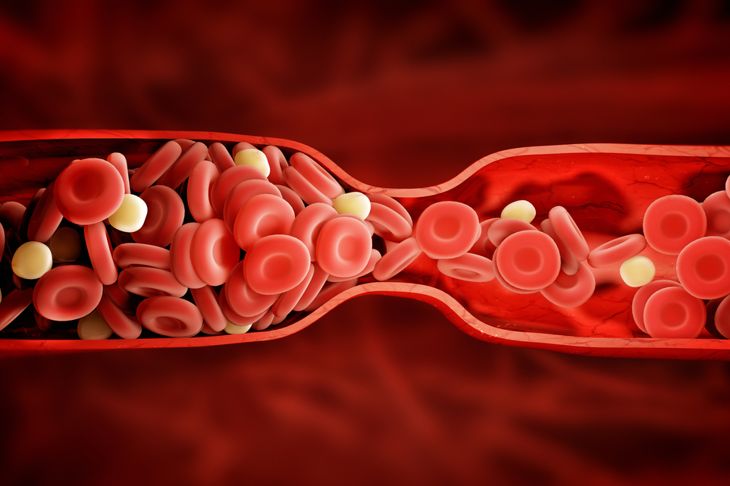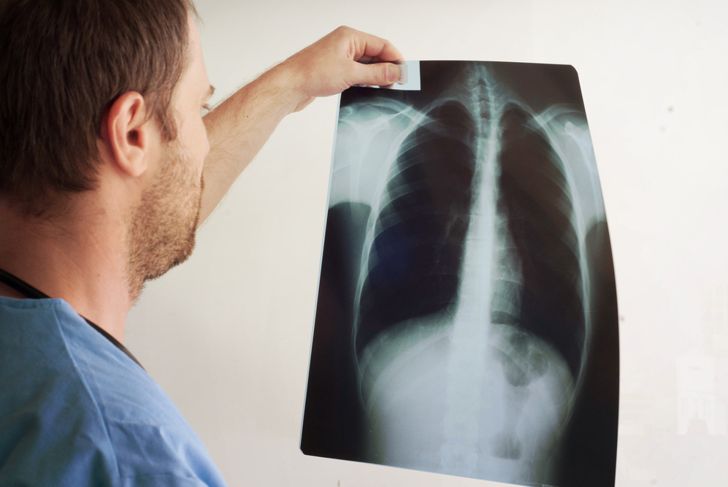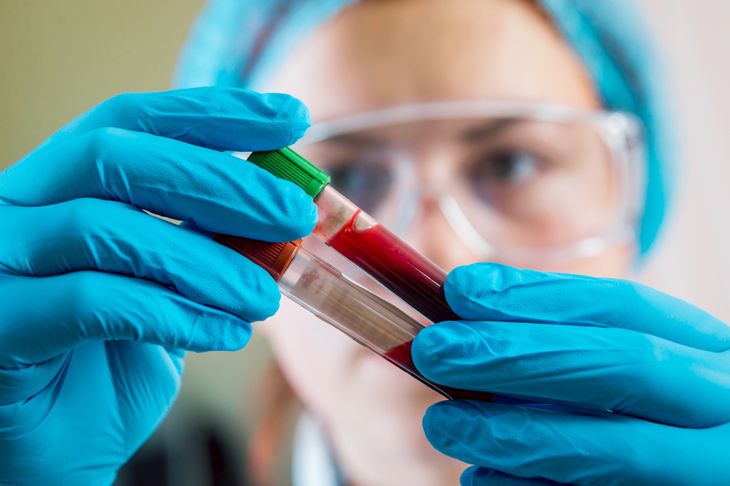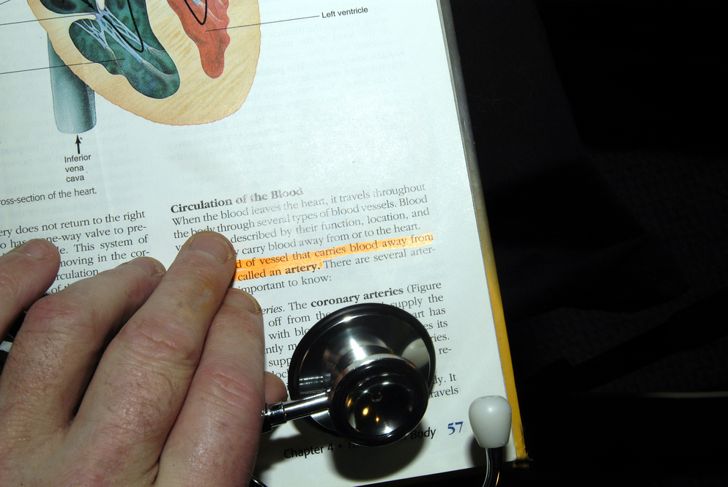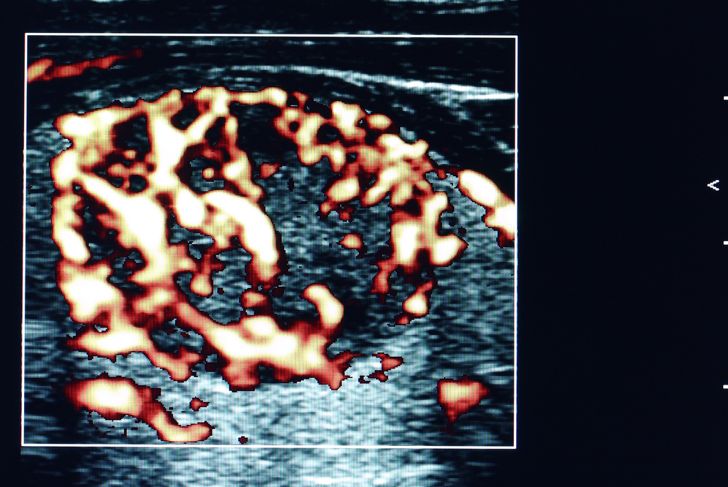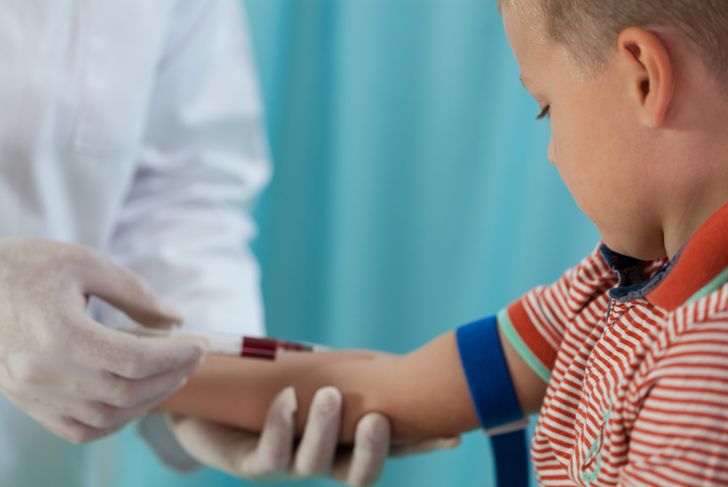Deep vein thrombosis is when a blood clot forms in a vein that is deep within the body. Blood clots typically occur when the blood begins to thicken and group together. While deep vein thrombosis can occur in other parts of the body, it usually happens in the thigh or in the lower part of the leg. This condition is especially serious because the blood clot can break away from the vein and make its way throughout the body’s bloodstream. When this occurs, the clot can cause a blockage in many different organs, and sometimes surgery is necessary to remove the clot.
Thrombus
Thrombus is the medical term that is used to describe a blood clot that is located within the human body. Clotting occurs to ensure that you do not bleed too much when you have been hurt or injured, or otherwise the blood could exit the body in a steady flow. However, sometimes the blood can clot too much, and the blood itself can become too thick to travel well within the veins. When this occurs, the substances that are in the blood can create a mass known as a clot that can create a blockage, which can often be treated with medication.
Pulmonary Embolism
When a person is experiencing the results and symptoms of deep vein thrombosis, or DVT, sometimes the clot is not always stationary. In fact, the clot has the ability to break away and travel throughout the body, sometimes ending up in the lungs. When this happens the blood clot can block a vessel in the lungs. Symptoms that a person might experience when this occurs include having a hard time breathing, pain in the chest and surrounding areas, dizziness, a quickened heartbeat and even sometimes spitting up blood. If any of these symptoms occur, the individual should seek medical help immediately.
Venous Thromboembolism
Venous Thromboembolism is the disease that a patient has when they are experiencing deep vein thrombosis, along with a pulmonary embolism. What this is exactly is the blood clot that has broken loose and is now traveling around through the body until it reaches its final destination in the lungs. This is a very serious condition, as that this blood clot is creating a dangerous blockage that can result in various degrees of lung problems. The person experiencing this should be certain to go to an emergency room as soon as possible.
Phlegmasia Cerulea Dolens
Phlegmasia Cerulea Dolens is an uncommon form of deep vein thrombosis, and it is extremely painful. In this form of DVT, the clotting happens repeatedly, and this can cause the area to swell and cause a lot of pain. The area often also becomes discolored, and it may turn blue or white. When this happens, the chances of the patient also having a pulmonary embolism greatly increases. Unfortunately, this isn’t the end of the problems that could arise. Gangrene may also set in if there isn’t enough blood flow reaching the affected area.
Postphlebitic Syndrome
Postphlebitic Syndrome may also develop in patients with deep vein thrombosis. This can happen when the blood vessels that surround the blood clot become damaged, causing the blood in the area to not flow quite so easily. This can lead to even more problems, including very severe pain, intense swelling of the legs, open sores and skin discoloration in the area. However, when this is occurring within an individual’s body, it may take a long time for the symptoms to become apparent. However, this is a condition that physicians are typically on the watch for when someone is suffering from deep vein thrombosis.
D-Dimer
D-Dimer is actually a chemical that the body can release as a blood clot is dissolving. This is also a blood test that medical technicians use to test for blood clots. However, there are a few other things that can cause D-Dimer to be released in the body, for example, when a woman may be pregnant or if the patient has recently had a rather hard fall. Therefore, this test may be used to initially search for blood clots, but often other forms of testing are required to ensure that the positive result of the D-Dimer test is definitely an indicator of existing blood clots.
Virchow’s Triad
Virchow’s Triad explains exactly how a blood clot forms and what conditions must be present for this to occur. There must be venous stasis, which presents a risk factor for DVT, including long periods of sitting or an orthopedic cast. There must also be hypercoagulability, which is blood that coagulates in an abnormal way. The last aspect is harm that can occur to the endothelial, or interior, lining of the veins. All of these factors help physicians to better understand the nature of deep vein thrombosis, allowing medical experts the opportunity to treat patients in the best manner possible.
Anticoagulant
Anticoagulants are also known as blood thinners, which can be prescribed to patients for a variety of medical reasons. When a person has a history with blood clots and especially with deep vein thrombosis, it is very common for anticoagulants to be prescribed to be taken daily. Many patients with heart-related issues also regularly take blood thinners, so that the blood may flow more freely to and from the heart, therefore removing any unnecessary stress from the organ as it pumps. Anticoagulants are typically taken orally, while they may be given in an injection form, usually when the patient is in the hospital.
Duplex Ultrasound
As you might well imagine, a plethora of tests are used quite frequently to locate blood clots and to determine their size and other important facets. The Duplex Ultrasound greatly assists in this realm by combining two common forms of ultrasounds. The regular ultrasound shows the actual blood vessels, while the Doppler ultrasound shows how the red blood cells move throughout the blood vessels. The images that it produces can even be color coded, providing physicians with a wonderful picture of where the flow of the blood may be blocked and how the blood is continuing to flow around this blockage.
Factor V Leiden
Factor V Leiden is a hereditary blood clotting disease that only affects less than five percent of people annually. There is a genetic test that is available for this abnormality, so parents who have Factor V Leiden may have their children tested so that they can watch for symptoms. A person who is genetically prone to have Factor V Leiden can have one abnormal gene, making them heterozygous, or they can be homozygous, with two abnormal genes. The testing process for Factor V Leiden was invented in 1994, and it has been greatly beneficial to those who have the disease somewhere within their family tree.

 Home
Home Health
Health Diet & Nutrition
Diet & Nutrition Living Well
Living Well More
More